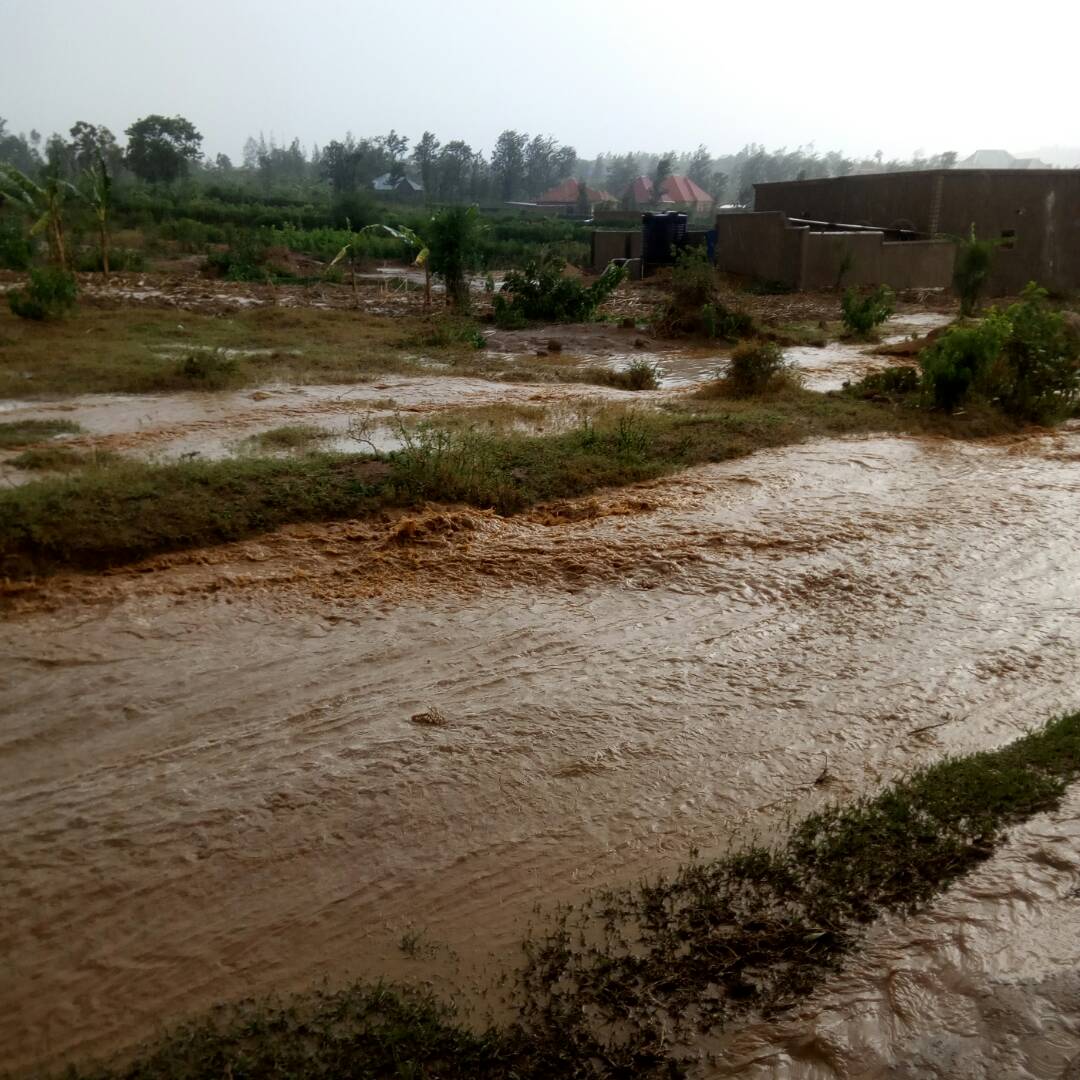
A new World Meteorological Organization (WMO) State of Climate in Africa report has shown that climate change is hitting Africa harder than the global average, triggering mounting food insecurity, poverty and displacement on the continent.
The report said changing precipitation patterns, rising temperatures and more extreme weather contributed to mounting food insecurity, poverty and displacement in Africa in 2020, on top of the socio-economic and health crisis triggered by the COVID-19 pandemic.
The report was released October 19, 2021 during the Extraordinary World Meteorological Congress ahead of the UN Climate Change negotiations, COP26.
The climate change trends and impacts were seen in sea level rise, melting of the continent’s iconic glaciers plus extreme weather and climate events, such as floods, landslides and droughts, and associated devastating impacts.
However the report also indicated that the benefits of investments in climate adaptation, weather and climate services and early warning systems far outweigh the costs.
Eastern Africa Threatened
WMO Secretary-General Prof. Petteri Taalas indicated that rapid shrinking of the last remaining glaciers in eastern Africa, which are expected to melt entirely in the near future, signals the threat of imminent and irreversible change to the Earth system, thus calling for more investments.
“Enhancing climate resilience is an urgent and continuing need. Investments are particularly needed in capacity development and technology transfer, as well as in enhancing countries’ early warning systems, including weather, water and climate observing systems,” said Prof Taalas.
Josefa Leonel Correia Sacko Commissioner for Rural Economy and Agriculture African Union Commission warned that if no investment is done, along increased weather and climate variability recorded in Africa, by 2030, it is estimated that up to 118 million extremely poor people (living on less than $ 1.90/day) will be exposed to drought, floods and extreme heat.
“If adequate response measures are not put in place, this will place additional burdens on poverty alleviation efforts and significantly hamper growth in prosperity,” said Correia Sacko.
Where Changes Were Recorded:
In Temperatures: Africa has warmed faster than the global average temperature over land and ocean combined and the year 2020 ranked between the third and eighth warmest year on record for Africa in a 30-year warming trend for 1991–2020.
Sea level rise: along the tropical and South Atlantic coasts and Indian Ocean coast are higher than the global mean rate, at approximately 3.6 mm/year and 4.1 mm/year, respectively. Sea levels along the Mediterranean coasts are rising at a rate that is approximately 2.9 mm/year lower than the global mean.
Glaciers: continued retreat of glaciers on three mountains- Mount Kenya massif (Kenya), the Rwenzori Mountains (Uganda) and Mount Kilimanjaro (Tanzania) could lead to total deglaciation by 2040 and Mount Kenya is expected to be de-glaciated a decade sooner.
High impact events: There was extensive flooding across many parts of East Africa which saw many lakes and rivers reach record high levels, including Lake Victoria (in May) and the Niger River at Niamey and the Blue Nile at Khartoum (in September).
Precipitation: the report showed higher-than-normal precipitation accompanied by flooding – predominated in the Sahel, the Rift Valley, the central Nile catchment and north-eastern Africa, the Kalahari basin and the lower course of the Congo River.
Key Actions:
The report considered investments. Climate-resilient development in Africa requires investments in hydro meteorological infrastructure and early warning systems to prepare for escalating high-impact hazardous events. In sub-Saharan Africa, adaptation costs are estimated at $ 30–50 billion (2–3% of regional gross domestic product (GDP)) each year over the next decade, to avoid even higher costs of additional disaster relief.
It considered action in irrigation or fertilizing, enabling climate-smart agriculture as a potential to reduce the chance of food insecurity by 30 percentage points, and rapid implementation of African adaptation strategies to spur economic development and generate more jobs in support of economic recovery from the COVID-19 pandemic.
The report is a collaborative product of WMO, the African Union Commission, the Economic Commission for Africa (ECA) through the Africa Climate Policy Centre (ACPC), international and regional scientific organizations and United Nations agencies.


